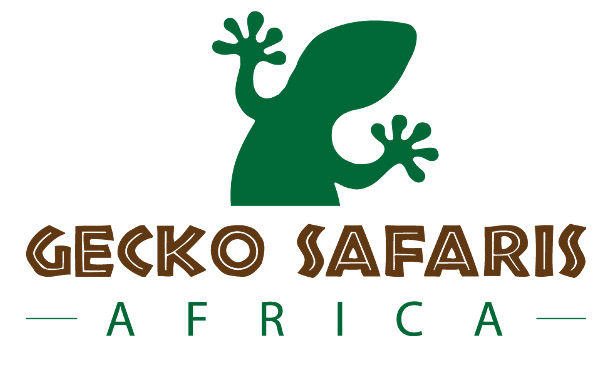Ngorongoro Crater-Ngorongoro Crater wildlife-Tanzania safari-Big Five Ngorongoro
The Ngorongoro Crater, often referred to as the “Garden of Eden,” is a UNESCO World Heritage site and one of the most remarkable wildlife conservation areas in the world. Located in the northern part of Tanzania, this vast ancient caldera is home to an abundance of wildlife and offers visitors a once-in-a-lifetime opportunity to experience the beauty and diversity of East Africa’s ecosystems.
Geological Significance
The Ngorongoro Crater is the world’s largest unbroken caldera, formed millions of years ago when a giant volcano collapsed after a massive eruption. The crater measures about 19 kilometers (12 miles) across and 610 meters (2,000 feet) deep. This geological formation is what makes it such a unique and fertile environment for a wide variety of species, ranging from dense forests to vast grasslands.
Biodiversity in Ngorongoro Crater
The Big Five
Ngorongoro Crater is home to the “Big”Five”—lions, elephants, buffalo, leopards, and rhinoceroses. Visitors are guaranteed to see many of these iconic species, often in close proximity, due to the dense concentration of wildlife within the crater.
Unique Wildlife
In addition to the Big Five, the crater is teeming with other species, including wildebeest, zebras, hyenas, cheetahs, and warthogs. Due to the abundant water sources, such as the Lerai Forest and several seasonal lakes, wildlife is concentrated within the crater throughout the year.
Birdwatching
The crater is a birdwatcher’s paradise, with over 500 species of birds recorded. The alkaline lakes in the crater, such as Lake Magadi, attract thousands of flamingos, while the lush forests provide a habitat for various bird species, including endangered vultures and eagles.
Conservation Efforts
Sustainable Wildlife Management
The Ngorongoro Conservation Area (NCA) is unique for its human-wildlife coexistence. The Maasai people, who have lived here for centuries, practice sustainable grazing alongside wildlife conservation. This balance is vital for preserving the area’s ecological health.
Anti-Poaching Programs
Conservation efforts, in partnership with the Maasai, focus on combating poaching. Anti-poaching patrols and community involvement protect endangered species, especially the black rhino, a key conservation priority.
Tourism and Activities in Ngorongoro Crater Safari.
Game Drives
Game drives are the top activity in Ngorongoro Crater. The compact size of the crater allows visitors to see a wide range of animals in a short time. Safari vehicles take you into the crater for close-up views of wildlife.
Ngorongoro Crater Rim Walks
Guided walks along the crater rim offer stunning panoramic views. These walks provide an excellent opportunity to spot wildlife, such as elephants and buffaloes, from above.
Cultural Encounters with the Maasai
Visit Maasai villages and engage with the local community. Learn about their traditions and the deep connection they have with the land and wildlife, fostering a unique cultural experience.
Crater Floor Picnic
Enjoy a picnic in the heart of the crater. With permission, visitors can stop at designated picnic spots and watch wildlife in their natural habitat while soaking in the stunning scenery.
Best Time to Visit Ngorongoro Crater
The Ngorongoro Crater is a year-round destination. However, the best time to visit depends on your interests:
For wildlife viewing
The dry season (June to October) is ideal for game viewing, as animals tend to congregate around water sources. The cooler months of the rainy season (March to May) may offer lush green landscapes and fewer tourists but could make some roads in the area challenging.
For birdwatching
The wet season (November to April) is the best time to see migratory birds, including flamingos, which flock to the crater’s lakes during this period.
How to Get to Ngorongoro Crater
Ngorongoro Crater is easily accessible from Arusha, the gateway to northern Tanzania’s safari circuit. It is approximately a 3-4 hour drive from Arusha, and the route passes through other prominent national parks, such as Lake Manyara National Park and Tarangire National Park. The road to the crater is well-maintained, and visitors can travel by car or as part of a guided tour.
For those seeking a faster option, there are flights available to nearby airstrips such as Lake Manyara or Arusha, followed by a short drive to the crater. Some luxury lodges in the area also offer chartered flights for more exclusive access.
Where to Stay
There are several accommodation options around the Ngorongoro Crater, ranging from budget campsites to luxury lodges:
Crater Rim Lodges: These lodges offer stunning views of the crater floor and provide easy access for game drives.
Mobile Camps: For a more immersive experience, visitors can opt for mobile camps that offer comfort in the wilderness.
Camping: There are designated campsites around the crater where you can pitch a tent and enjoy the sounds of nature under the African sky.







